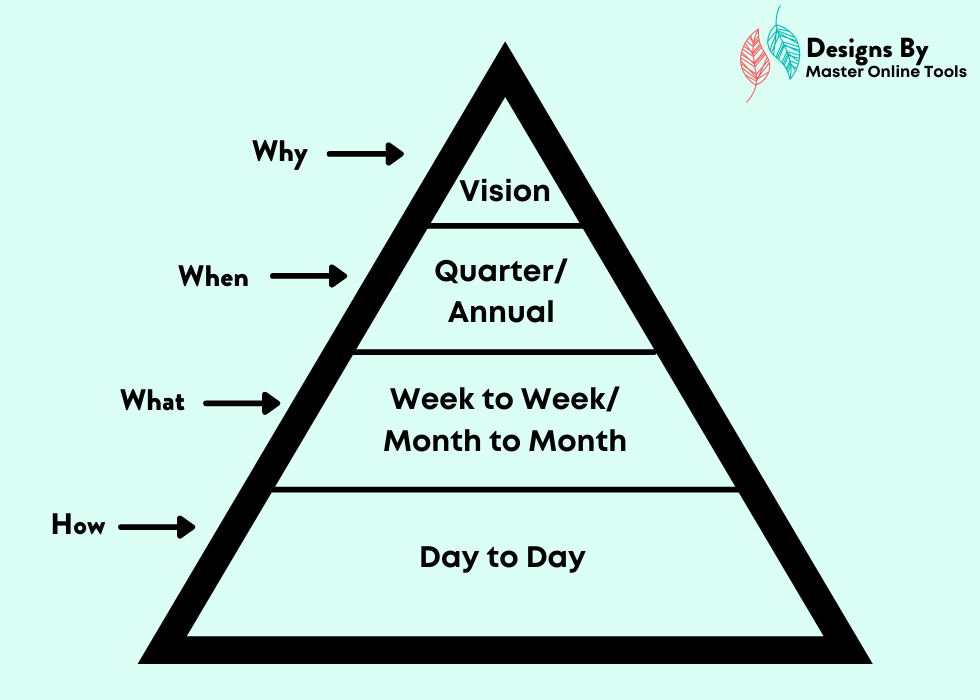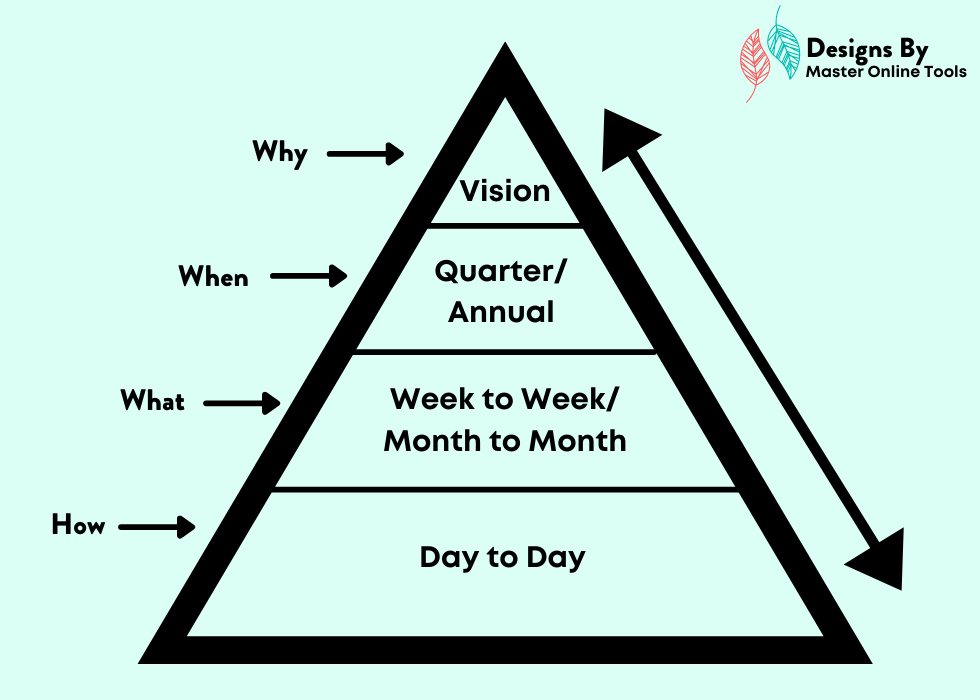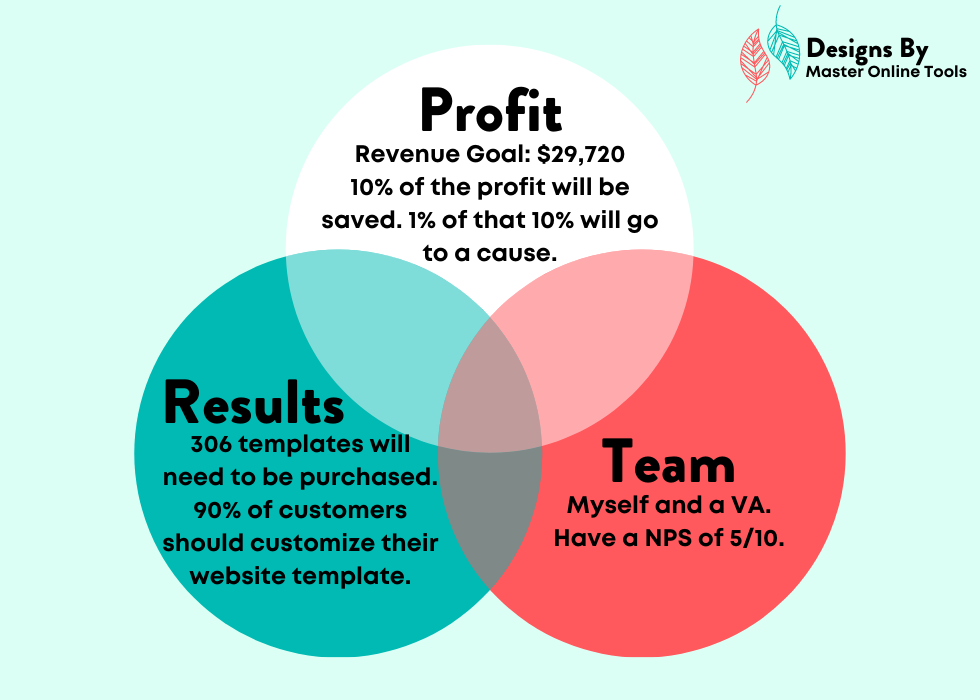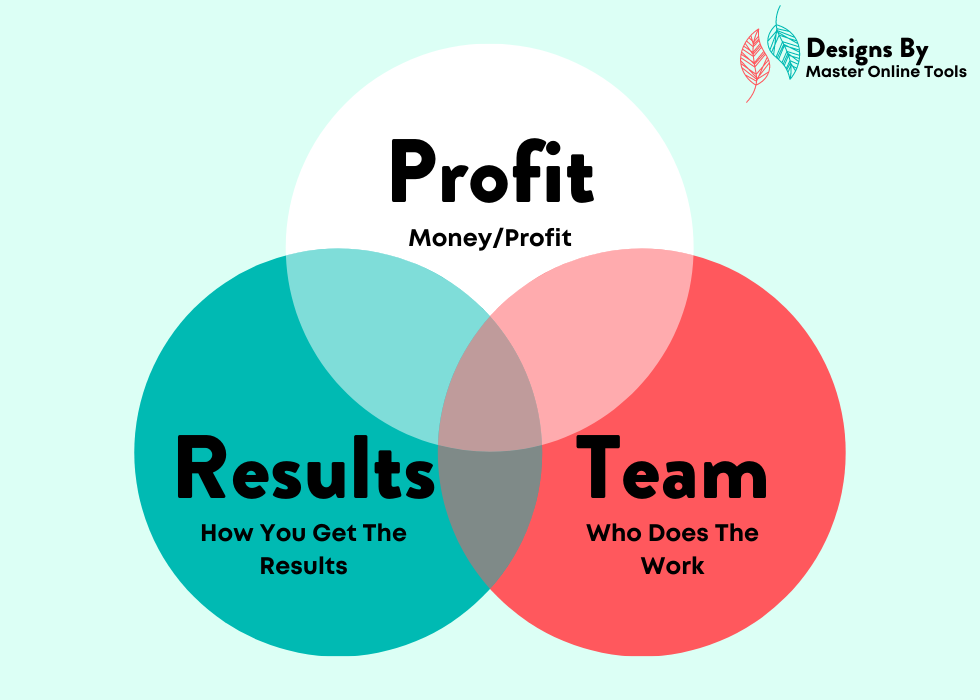
9 Business Strategy Tips You Need For Creating An Annual Plan/Strategy
It’s now time to start creating your annual plan/strategy for your business and with these top nine business strategy tips, you will be right on track. Knowing these tips will make the actual planning part super simple and fast.
1. What is Your Mission?
Before you start your annual planning or completing the other business strategy tips you need to know what your mission is. If you haven’t created a mission statement or not sure what that is exactly, check out this article here on how to do so. A mission statement is used to explain easily and simply why the business exists today. This is usually done in a sentence or two. Above all, your mission statement should allow someone who has no knowledge of your industry or business to easily understand what your business does.
Without a mission statement, staying on track to meet your goals is incredibly difficult. You are not aligned with the priorities of what needs to happen to move your business forward. Take a few moments and check in with your mission statement to make sure it’s clear and concise. Whenever you feel like you are stuck in the weeds go back to the mission statement and eliminate anything you are doing that will not help you get to the overall mission of the business.
2. What is the current gap to what you wish to be making right now?
Secondly, for the business strategy tips, is figuring out your revenue gap. You should consider when beginning to create an annual plan for your business how much money you want to be making monthly. Then subtract what you are currently making to determine the gap you need to overcome throughout the year. Think about on the impossibility scale, where does that gap fall on a 1 – 5 scale? It’s not absolutely impossible, right? The gap might be a little difficult, but you can still get there. If that is where you are with your number you are in the right place.
When the gap is too high and hits a 5 out of 5 on the scale where Oprah could shout-out your business on Instagram and you still could not make the goal, you need to lower your gap. If you could make up the gap by not really switching things up too much in your business, you need to increase your gap. The goal is to challenge you and help you make new strides in business.
3. Business Timeline Review
The business timeline is extremely important to keep in mind. Many business owners get so caught up in the day to day tasks that they feel lost and burnt out. Because they are working around the clock to fulfill their goal. However, they aren’t seeing any results or they have no idea what priority of a sea of priorities will help them to advance. This is because our day to day tasks aren’t aligned with our vision or mission. Most business owners, dive into the day to day tasks and maybe pop up to the vision every once in and a while. However, there are many steps in between the vision and the day to day there is a massive disconnect that leaves people feeling discouraged.
As we can see in the diagram above, there are two additional timelines that we need to focus on to actually move the needle and achieve success. You don’t go from your vision straight to your day to tasks without some planning in between. When you see the diagram it seems a little odd if your mission is to be the best cookie maker, but you just keep producing blog content because that will bring in traffic to get people to know you are the best cookie maker. It may be something that needs to happen, however, if that’s all you do nothing will really change right? You need to bake the actual cookies, research recipes, try recipes out, go on podcasts, and so many other tasks. Without a structured plan, you’re going to get tired when you aren’t seeing any results for all the hard work that you do.
The Actual Timeline
Your strategy should map out on a high level when you want to achieve certain goals related to your Profit, Results, and Team. We will go into those elements in more detail later, but that’s it. Just those three elements. Your annual strategy should be able to fit on one page, while your plan might be longer. The Quarterly plan should go into detail about when you will hit the goals you set-up in the annual plan. Then the month to month plan should go into what priorities you need to work on to reach your quarterly goals. The week to week should be tasks needed to complete to reach the monthly goal. Finally, the day to day plan is how you how actually accomplish the priorities you set in the week to week and month to month plan.
When you structure your planning this way you will know your day to day task always lead up to your vision. Due to the fact, you set your vision that leads to your annual and quarterly planning. This then leads into your month to month and week to week planning. When talking about business strategy tips reviewing the actual timeline and making actionable steps is critical.
4. What Is an Annual Strategy?
The annual strategy is your time to translate your vision into decisions and actions for the year to come. This translates your “why” into the “when” section on the above-pictured pyramid. Annual strategies are important because they produce a roadmap to help you and employees stay on the path of success. They also help to provide a forward-thinking environment. When you have an annual strategy it helps you stay focused on moving forward instead of getting bogged down in the day-to-day tasks.
You probably hear people use annual plan and strategy interchangeable, however, they are two very different things. The annual strategy shows the high-level goals and items that need to be reached or completed for the year, while the plan helps you actually complete or reach the goals. You should always create both each year. What you want to achieve for the year and how you will achieve it. You can even put them together in the same document or presentation.
5. One-Page Strategy
Your strategy should fit on one page. One of the reasons people never actually complete the goals for their business is because they overcomplicate it. It should be able to fit on one piece of paper and we will show you how to do so. Strategies need to be uncomplicated, objective, and easily understood. This is the first hurdle to get over to actually creating a useful strategy. You do this by using the three elements of a strategy which are profit, results, and team. You also add your projected, estimated, and actual revenue numbers. Your big rocks, obstacles, and solutions are added last. We are only going into the elements of strategy in this article, but head over here to learn about the other parts of creating this one-page strategy. You can use Canva to easily and freely create your strategy.
6. Elements of Strategy
There are three elements of a strategy for your business. The three elements of strategy are some of the best business strategy tips we have ever learned. Profit, which is the money side of the business. Results, which is how you get more clients or get results for your clients. Team, which is who is going to do things that need to be done.
If they are not all in sync that is when you get to the feelings of being burned out and overwhelmed. Each quarter you should select one of the elements to be your priority. They all inadvertently work together, however, just focus on one. This will help you stay focused on things that will move the needle instead of trying to do “all the things”. You do not need to do “all the things” all the time. You need to “all the things” at some point. No one said at the same exact time.
7. Element #1 Profit
For the first element of strategy, Profit, you need to select the revenue goal for the year you will obtain. The general rule of thumb is if you are making less than $500k then you multiply your current full-year revenue by 3 or 4. If you are making over $500k then you would multiply your current full-year revenue by 2 or 3. Then you would adjust based on the impossibility scale of 1-5. The goal is to get to a 4 out of 5 on the impossibility scale.
The next part of the profit is adding a constraint to your goal. We do this because yes, you could probably sell a million of anything unethically. However, we want to be ethical business owners, so we’re going to add a rule for ourselves to uphold the standards of our brand or business.
For-profit, you want to put 10% to a savings account for the business. Much like an emergency fund for yourself as an individual, you want to create the same thing separately for your business. 1% of the 10% should go to a cause or charity that aligns with your values. If your thinking to your self I can’t possibly put that away right now, try to do 5% goes to a savings account and 1% of the 5% goes to a cause. However, for the longevity of your company we don’t recommend doing any less to make sure you build a cushion for your business.
8. Element #2 Results
For the second element of strategy, Results, you need to figure out how many customers do you need to make that revenue goal you figured out above. If you offer multiple offers or have a complicated business plan it is best to just choose one offering or product price to run these figures off of. If your goal is to make $200k and what you sell is $1,000 you would have to get 200 new customers within the year to meet your goal. The math here is “Revenue Goal / Product Price = Amount of Customers“. Then break that yearly amount of customers by month, week, and year. Looking at your revenue goal this way makes it seem extremely more possible to get there.
The next part of the results is adding a constraint to your goal. What equates to someone successfully using your product or service? Is it retention for a membership? Is it leaving a positive review? Maybe implementing the website or brand strategy you created? Whatever equates to your customer successfully using your product or service is what we are going to build our constraint around. A constraint would be “80% of people who purchase a templated website complete the design customization.” or “80% of people renew their membership”. Do not put 100% as a constraint because at the end of the day you can not control other humans beings and you would set yourself up for failure. Choose a percentage that seems like a good fit for you to determine if you are actually providing a quality product or service.
9. Element #3 Team
L
Is it just going to be you? That is completely fine. If you can reach your goal without adding to your team, don’t feel like you have to add people to your team. However, if you know you will be overwhelmed and hit the dreadful burnout stage how many people do you need? You, a virtual assistant, and a social media manager? You, a customer support agent, and marketing manager? Select how many and whatever many you need to achieve your annual goal.
Lastly, we need to add a constraint for our team. This constraint is around a Net Promoter Score. You’ve probably seen a net promoter score before. This is when a company asks you how likely are you to recommend this service or product to a friend? It measures the loyalty and overall satisfaction of customers to a company. Now, we are going to use this for employees instead of customers. How likely are you to recommend your business as a place to work to a friend or family member? Be honest with your self. Do you have benefits? Do you take days off? How are you as a manager?
Exactly as you rate another company you worked for rate your own company on a 1 out of 10 scale. The goal should be to build a team that loves their job. If you have some work to do that’s okay! Building a business is all about growth. Set a goal to improve your NPS this year. If you are at a 1 try to get to a 4. If you are at a 6 try to get to an 8. This should be your constraint to adding employees. You want to add employees to a positive and healthy work environment.
Wrapping Up Business Strategy Tips
Through this guide of the Top 9 Business Strategy Tips You Need Before Creating An Annual Plan you have learned some major topics that are used all over the world to generate successful business plans and strategies. Remember your vision helps you build your annual/quarterly plan, which then allows you to work on a monthly/weekly plan, that goes all the way down to your day-to-day tasks. Ensuring everything you are working on rolls right back up to the vision of the company allowing you and your team to be your most productive self. The three important elements of a strategy are Profit, Results, and Team. As long as you are always choosing at least one of those items as a priority you are sure to move forward in your business.








